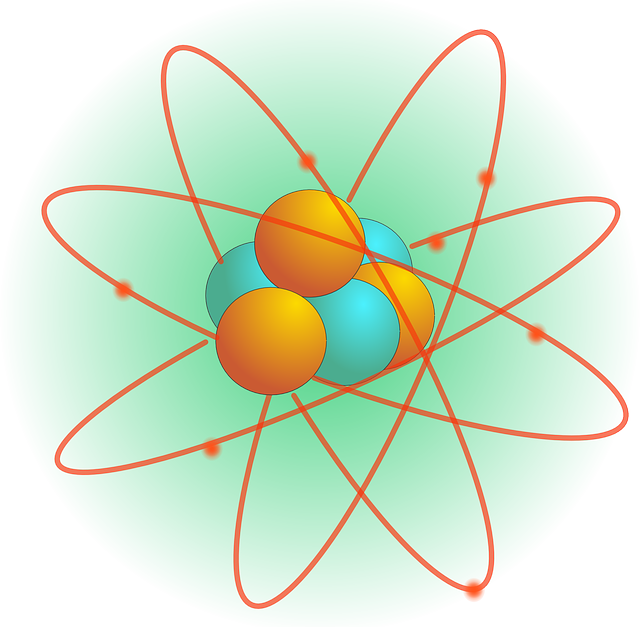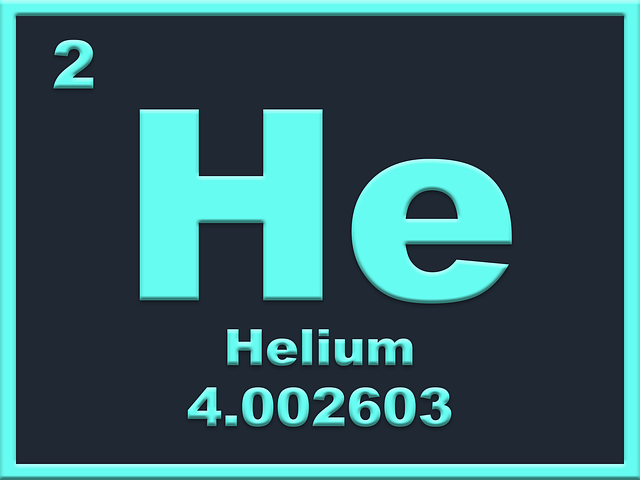An electrically neutral Nitrogen atom has seven electrons. The electronic configuration of Nitrogen is 1s2, 2s2, 2p3. It has two electrons in its inner shell (K) while five electrons are in the outer shell (L). The five electrons are also called valency electrons they can make multiple bonds. The oxidation state of the Nitrogen atom can be −3, −2, −1, +1, +2, +3, +4, +5 which is depending on the electronegativity of the bonding atom(s).
How many bonds can nitrogen form?
The Oxidation State of Nitrogen is −3, −2, −1, +1, +2, +3, +4, +5. This means Nitrogen can form multiple bonds depending on the electronegativity of the bonding atom. The electronic configuration of nitrogen shows that there are five valence electrons of which three are unpaired electrons in the 2p orbital. If Nitrogen can just share those three electrons it can complete its outer shell through octet rules.
What is nitrogen fixation?
It is a chemical process in which the atmospheric nitrogen (N2) converts into ammonia or any related nitrogenous compounds. Atmospheric Nitrogen is nonreactive and useless for plants and animals except for some microorganisms. Nitrogen fixation is essential to life because plants need it for the biosynthesis of Nitrogen-containing compounds such as nucleic acids, proteins and Amino acids.
The process is naturally carried out in soil by microorganisms which are termed diazotrophs. Some nitrogen-fixing bacteria have symbiotic relationships with plant groups especially legumes. These bacteria have a special enzyme for nitrogen-fixation called Nitrogenases.





